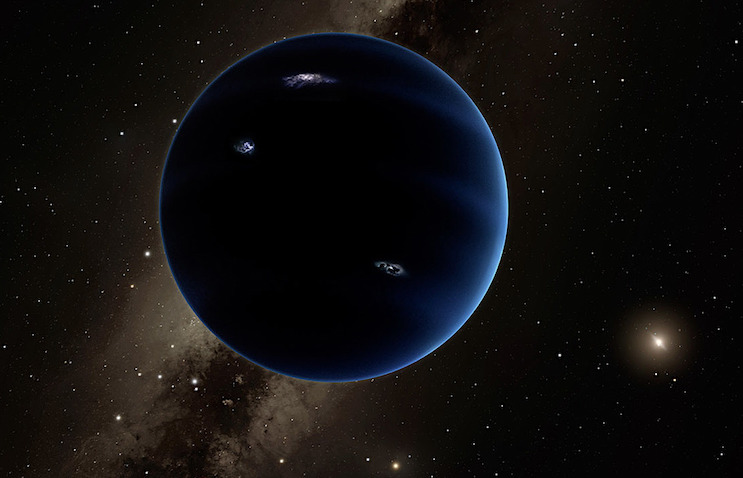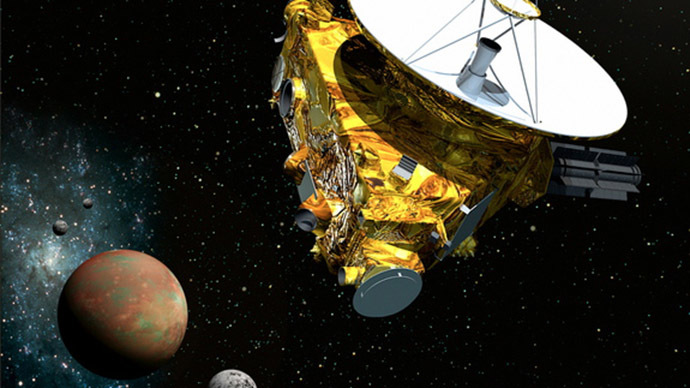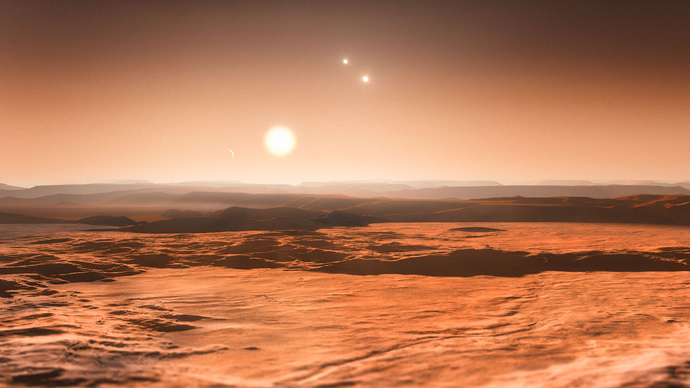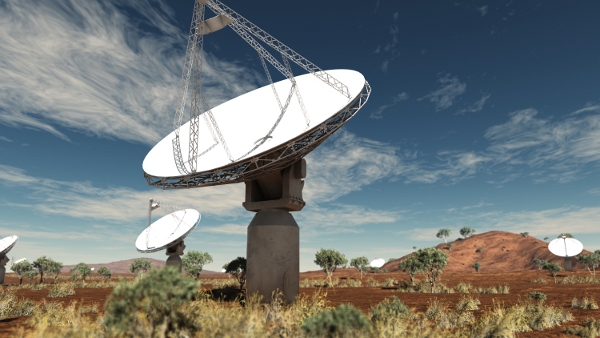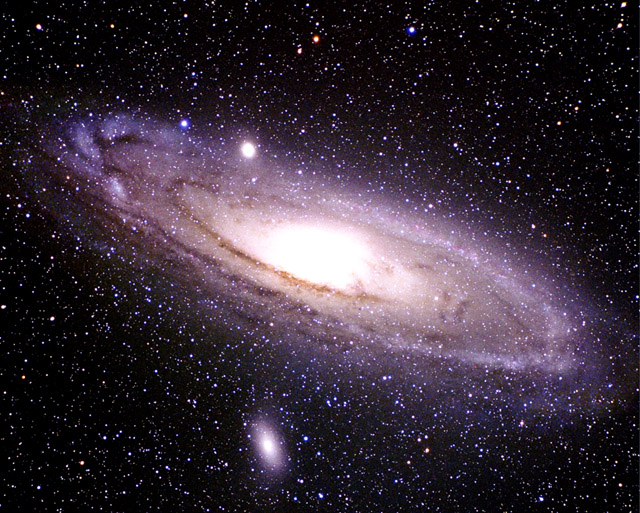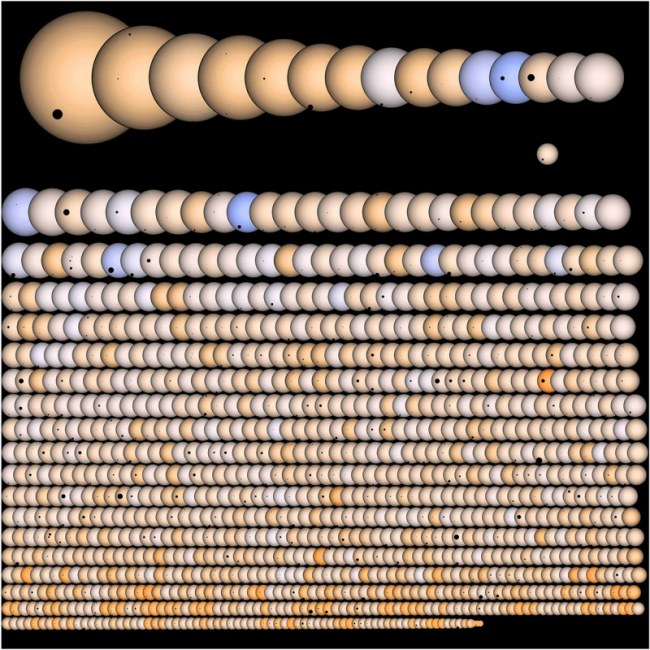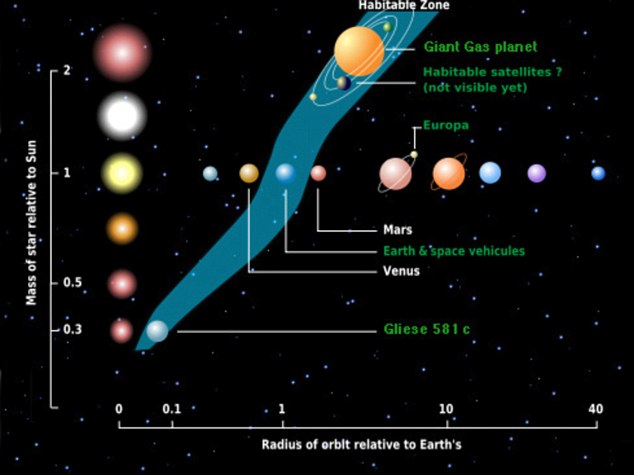Home » Posts tagged with "Planets"
Mysterious Earth-Like Planet Has Just Appeared in Our Solar System, Scientists Say
Astronomers have found likely evidence of an Earth-like planet in the Solar System that may be circling the Sun in an orbit beyond Neptune.
Physicists, including those from the National Astronomical Observatory of Japan, said the planet could be much closer than the hypothetical Planet Nine thought to exist in the far outer edges of the Solar System.
Several studies in the past have suggested there...
Climate fanatics want Electric Car batteries to have less capacity so people can't travel very far
It is not enough for people to just switch from gas-powered cars to electric vehicles (EVs) in order to fight global warming. The climate brigade also wants to forcibly limit the range of people’s EVs to ensure they do not drive “too much” and kill the planet.
A consortium of professors from California and members of the so-called “climate community” are pushing to make EV batteries less...
First views of Pluto's tiniest moons emerge
As NASA’s Pluto probe nears the planet, it managed to grab some spectacular photos of its small moons for the first time. The New Horizons spacecraft is now in position to view the entire Pluto family.
“Detecting these tiny moons from a distance of more than 55 million miles is amazing, and a credit to the team that built our LORRI long-range camera and John Spencer’s team of moon and ring hunters,”...
Three super-Earths discovered in habitable zone of same star ‘for the first time’
Astronomers have found a record number of super-Earths orbiting in the habitable zone of a known star, 22 light years away from Earth. The planets, which have three suns, have one side illuminated at all times while the other is submerged in darkness.
The Gliese 667C star in the constellation of Scorpion has been well studied before. However, as a result of new observations the scientists made a stunning...
Aussie super-scope begins ET hunt
The initial stage of unprecedented radio telescope has been officially opened in Australia. The project will explore the universe in search of new galaxies, black holes, planets and even intelligent extraterrestrial life – if there is any.
In the heart of red desert where man-made radio signals are minimal the AUS$152 million worth telescope will scan space for traces of the beginning of the universe,...
ESO Council supports world’s biggest optical telescope
The European Extremely Large Telescope (ELT) will use a mirror 39 meters in diameter to image planets outside the solar system.
Most members of the European Southern Observatory’s Council have supported the 1.1 billion-euro project to build the world’s largest optical telescope.
Austria, the Czech Republic, Germany, the Netherlands, Sweden and Switzerland voted to start the program while...
NASA discovers 11 new Solar Systems
An artist's impression of the orbital position of planets in systems discovered by NASA's Kepler mission
NASA’s Kepler space telescope has discovered eleven new planetary systems confirming the existence of 26 new planets outside our solar system.
The newly found planets range in size from 1.5 to five times the diameter of Earth and are closer to their host star than Venus is to the Sun.
None...
Big Holes in Big Bang Theory
Big Bang scientists extrapolate a hypothetical scenario from a few facts. Yes, some galaxies are expanding, moving further away, but this is not the case with the entire universe. There are galaxies in the universe running perpendicular to the rest of the galaxies. That’s contrary to Big Bang. If Big Bang really occurred, there should be a uniform distribution of gasses.
This uniform distribution...
Planets with Two Suns are Common
An artist's impression of Kepler-34b orbiting a double-star system
Astronomers have discovered two new circumbinary planet systems showing that planets with two suns are common, with probably many millions existing in our Galaxy.
According to the article published in the journal Nature, the two new Saturn-sized planets, Kepler-34b and Kepler-35b, and their systems are located in the constellation...
NASA picture shows 1,235 planets that could house extra-terrestrial lifeforms
Alien home? The black spots represent 1,235 planets orbiting their suns. As a point of reference, the lone planet on the right below the top row represents our sun, with Earth and Jupiter as tiny black silhouettes.
If aliens exist, these are what their planets look like, according to NASA.
Astronomers at the U.S. space department have spent the last two years scouring the Milky Way for Earth-like planets...
Milky Way has 50 billion planets estimates first cosmic census
Starry night: New research estimates that there are some 50 billion planets in the Milky Way.
Scientists have estimated the first cosmic census of planets in our galaxy and the numbers are astronomical – at least 50 billion planets in the Milky Way.
And some 500 million of those planets are in what is known as the Goldilocks zone, where the climate is thought to be not-too-hot and not-too-cold,...
Scientists say there could be 100 million alien Earths in our galaxy
Alan Boyle writes: A leader of the Kepler planet-hunting team has created a slow-moving scientific stir by telling an audience at a high-tech conference that our galaxy could harbor 100 million Earths, based on the space mission’s raw data. The resulting buzz focuses not only on the findings, but also on the means by which they came to light.
The conclusions drawn by Harvard astronomer Dimitar...
